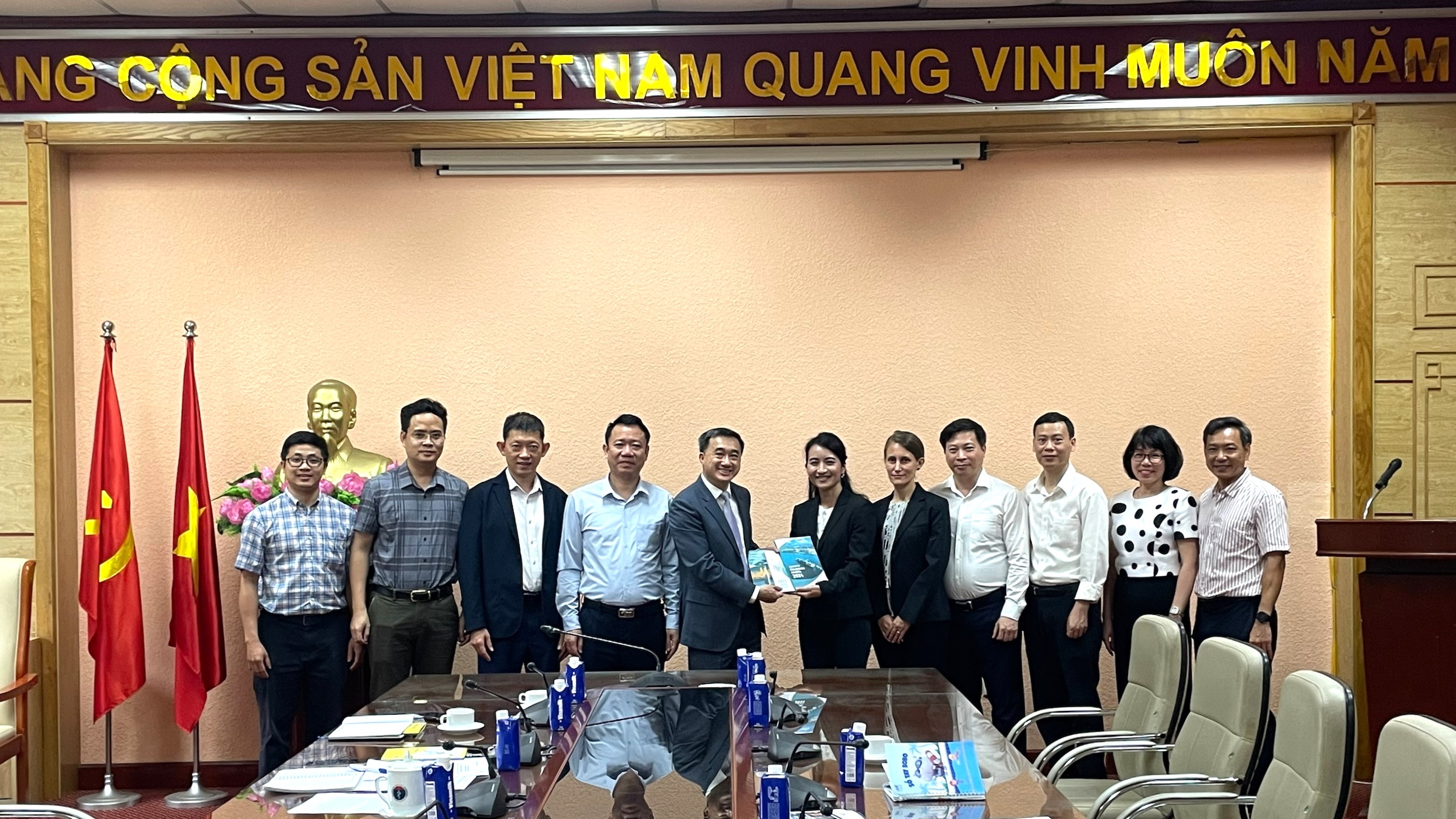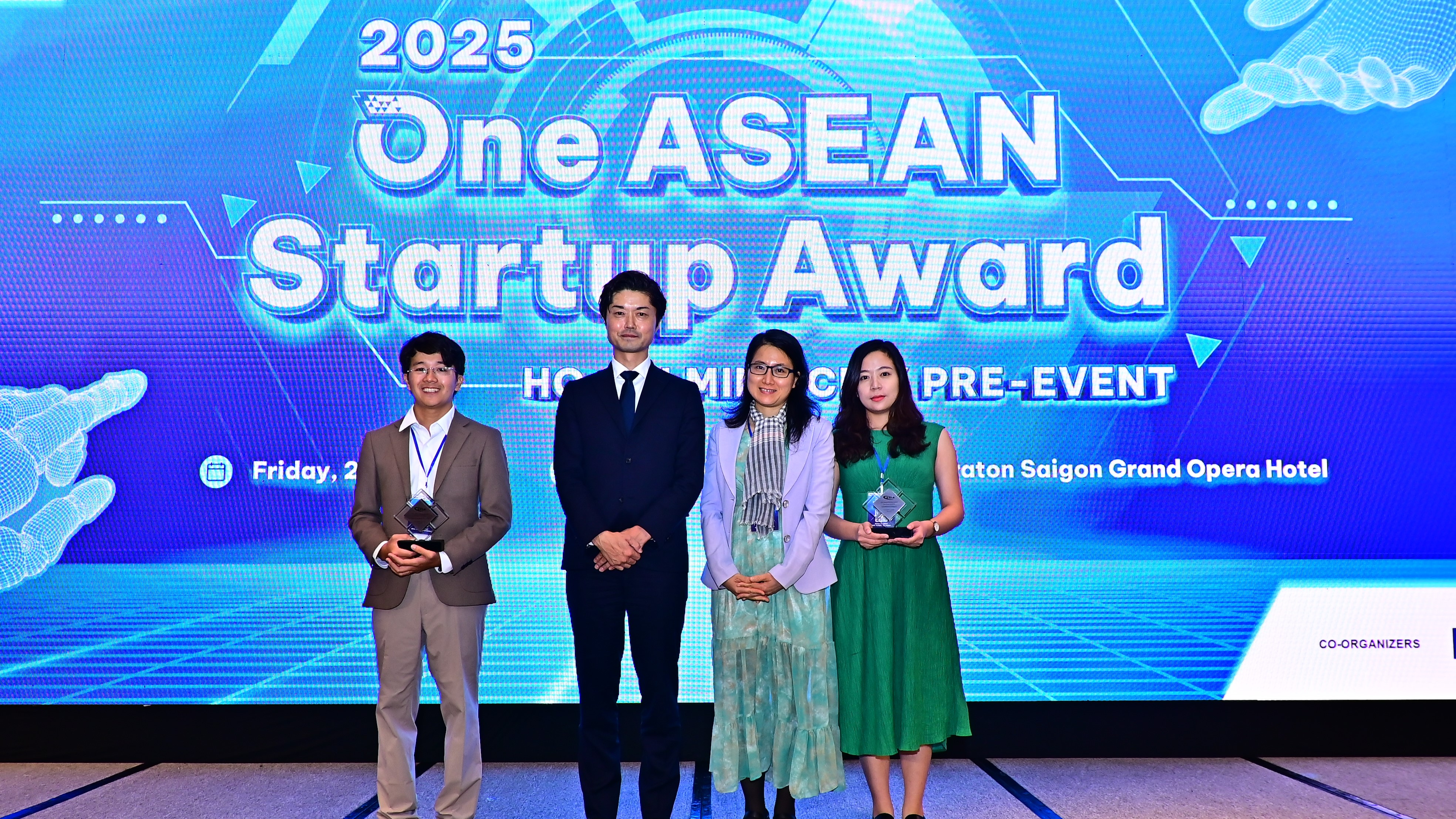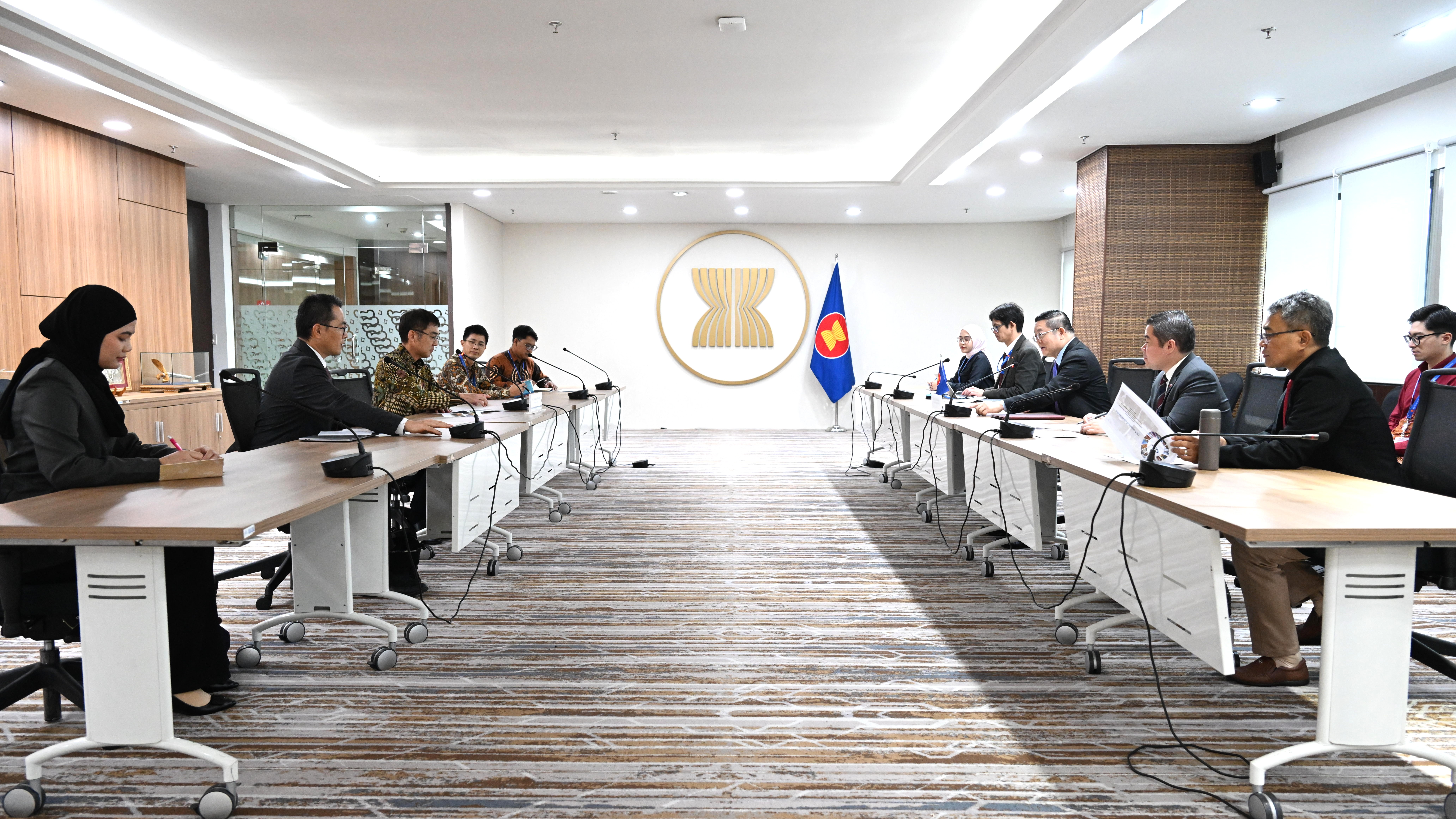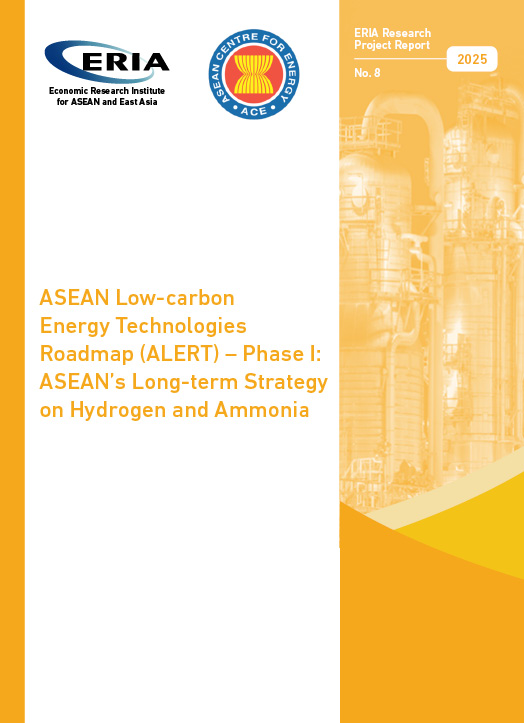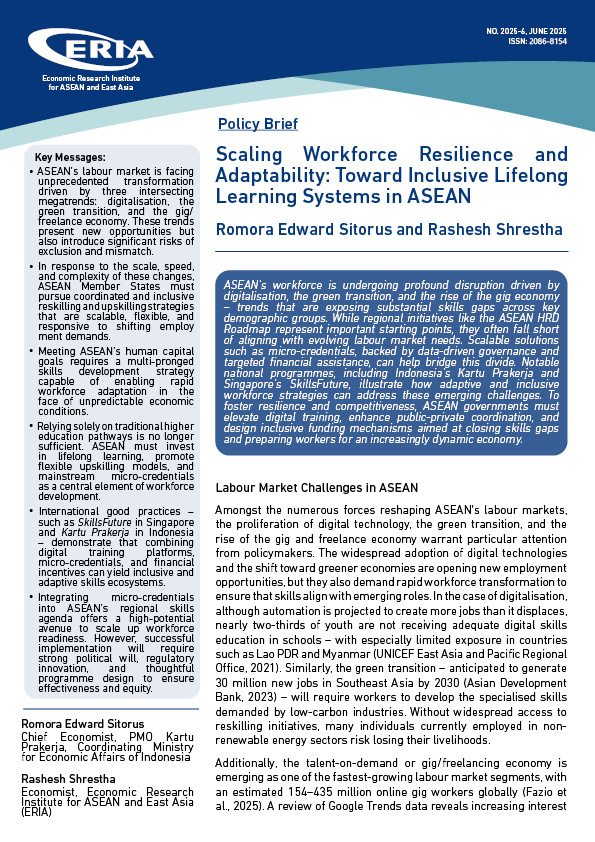[Policy Brief] Understanding the Consequences of the COVID-19 Pandemic for the Future of Southeast and East Asian Economic Integration
Date:
23 April 2020Category:
-Topics:
-Share Article:
Print Article:
Understanding the Consequences of the COVID-19 Pandemic for the Future of Southeast and East Asian Economic Integration --Recover, Responsive, Resilient--
The coronavirus disease (COVID-19) pandemic has severely affected East and Southeast Asian economies, through disruptions to the flow of goods and services in the region’s global value chains (GVCs) and a collapse in demand stemming from social distancing and lockdown measures.
At the same time, the COVID-19 pandemic has triggered change in every economic and social aspect – initiatives such as working from home using digital communications technology, the expansion and intensification of e-commerce, and a reduction in carbon dioxide (CO2) emissions, which all are progressing rapidly.
Since a similar pandemic is likely to occur in the future, we must learn from this experience and make efforts to build new economic and social systems and invent new methods of doing business, economic governance, and regulation, to minimise the adverse impacts of such a pandemic. It is important for us to retain this momentum and focus on solving major issues that have come to light, and to get the economy back onto a solid recovery track.
Specifically, the Association of Southeast Asian Nations (ASEAN) Member States and Dialogue Partners need to strengthen economic integration by (i) sustaining their seamless connectivity, (ii) further opening up the trade and investment regime, (iii) addressing energy and climate change issues, and (iv) using more Fourth Industrial Revolution (IR 4.0) technology.
The following are more specific actions that can be taken in each of these policy areas:
(i) Sustained connectivity is an integral part to maintain the competitiveness of regional production networks. Several innovative and workable mechanisms to facilitate public–private partnerships can lend support for infrastructure development, as countries are still in recovery mode after huge stimulus packages during the pandemic.
(ii) Trade liberalisation will focus on non-tariff measures and the service sector to minimise trade restrictiveness and ensure sufficient supply of services. Opening up the investment regime under ASEAN initiatives is important to maintain the attractiveness of the ASEAN region as a location for multinational enterprises (MNEs).
(i) Connectivity enhancement and (ii) trade-and-investment liberalisation as described above are important policies to improve the attractiveness of the ASEAN region as an investment destination. The current disruption in GVCs raises concerns about reshoring by MNEs that so far have invested in the region. Therefore, ASEAN needs to embark on policy actions to mitigate such concerns, by further opening up investment regimes and by encouraging MNEs to balance their investment portfolios.
(iii) The ASEAN region should also capture opportunities for enhancing its energy security, resilience, and climate action. Ongoing behavioural changes such as work at home could lead to a change in energy consumption patterns and lessen the rebound of CO2 emissions. Low oil prices could facilitate the building up of emergency oil stockpiles and reviewing inefficient price subsidies. As a component of economic stimulus packages after the pandemic, ASEAN could accelerate the development of domestic and cross-country electricity networks, and invite investment in energy and the environment to restore strong economic growth.
(iv) The adoption of new technology such as IR 4.0 (e.g. artificial intelligence, IoT, and robotics) will give manufacturing firms a better chance of rapidly increasing production when the economy recovers and demand picks up. Newer technology could be installed much earlier than it would have been for many manufacturers because of the pandemic, which could introduce a permanent change in technology at the company level.
ASEAN has successfully innovated its systems, with high responsiveness and resilience to changes in these fast-moving times – modelling a ‘responsive ASEAN’.
As a resilient and responsive region, ASEAN can become the natural leader to demonstrate the optimum economic and social systems for undertaking all the adjustments needed to achieve economic integration, while offering an example for the global community.
The two policy briefs presented here propose the direction that ASEAN Member States, together with their Dialogue Partners, can take to overcome the aftermath of COVID-19.
The Economic Research Institute for ASEAN and East Asia (ERIA) will subsequently publish the Comprehensive Asia Development Plan (CADP 3.0) to illustrate in detail how we can recover from the current grave situation that has resulted from COVID-19 and how we can get back onto a dynamic growth path by taking maximum advantage of digital technology.
April 2020
Prof. Hidetoshi Nishimura
President
Economic Research Institute for ASEAN and East Asia
Policy Briefs
Implications of the COVID-19 Crisis for the Energy Sector and Climate Change in ASEAN




